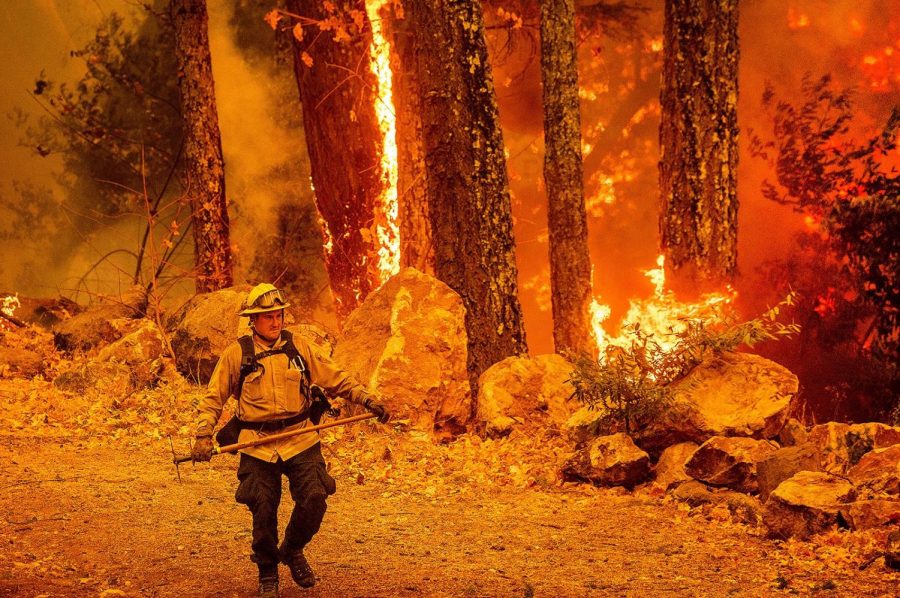Wildfires in the West
As the Covid-19 pandemic ravages the globe, so do the wildfires on the west coast of the United States. Not only have we seen a significant increase in wildfires, but in 2020, an incredible increase of acreage burned was recorded, setting a record high in California for wildfire season, and the year isn’t even over yet. Over 8 million acres have been burned on the west coast, California being the most susceptible to these horrific fires.
According to the U.S. Department of Interior, more than 90% of wildfires are caused by people. Abandoned campfires, cigarette butts, malfunctioning or downed power lines, and even intentional arson are among the culprits of wildfires. However, despite human intervention being one of the greatest causes of wildfires, the effect climate change has had on temperature, air quality, and environmental changes is significantly and rapidly increasing.
As thousands upon thousands of Americans are evacuating their homes, fires continue to blaze through the west coast, resulting in an abundance of debris, smoke, and ash. In fact, the severity of the wildfires can even be figured by skies on the east coast and even Europe turning yellowish orange due to the smoke from California, Oregon, and Colorado. Alongside these tremendous wildfires and extremely poor air quality, record high temperatures and intensely dry environments have been observed in California, Los Angeles having faced 121 °F weather in September and extreme heat waves in August.
Michelle Nijhuis, a California resident describes her experiences with the wildfires, dubbing them as, “apocalyptic.”
“Few of us noticed the milestone, however, because it turns out that off-the-charts pollution doesn’t feel very different from barely-on-the-charts pollution—which we’d endured since the previous evening, and would continue to experience through the following week. Familiar cliffs and ridges disappeared, and clouds of smoke hung just above the pavement. Even through an N95 mask, the air tasted of ashes. Inside, opening a window was out of the question; without air-conditioning, it was sweltering, and without an air purifier, it stank of burning trash, a smell that quickly permeated clothes and furniture. Becalmed and doubly quarantined, we waited for relief, checking air-quality forecasts and peering out the windows for signs of change.”
Despite the tremulous undertone of Michelle’s words, she believes that the wildfires aren’t truly “apocalyptic,” more so normal, which can only be said in 2020. As she continues on throughout her statements, she recalls going outside in September on a unicorn of a day in which it rained. This rare occurrence led her to stand outside, take off her mask, and breathe in fresh air, a seemingly normal experience that seems a privilege amongst west coast residents.
Currently, two of the largest recording wildfires are paving through Colorado, the East Troublesome Fire and the Cameron Peak Fire. Whilst record-breaking wildfires wreak havoc in Colorado, California is experiencing severe winds, reaching up to 70 miles per hour creating drier conditions and the perfect environment for wildfires to start as well as spread. However, on Sunday, a snow storm hit Colorado which aided firefighters in containing and fighting the fire. As snow lessens the intensity of the fires for Colorado, people in California prepare for worsening or possibly more fires due to the severe wind and dry weather, many evacuating and without power.

